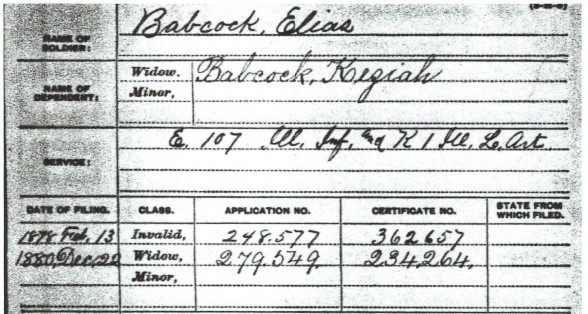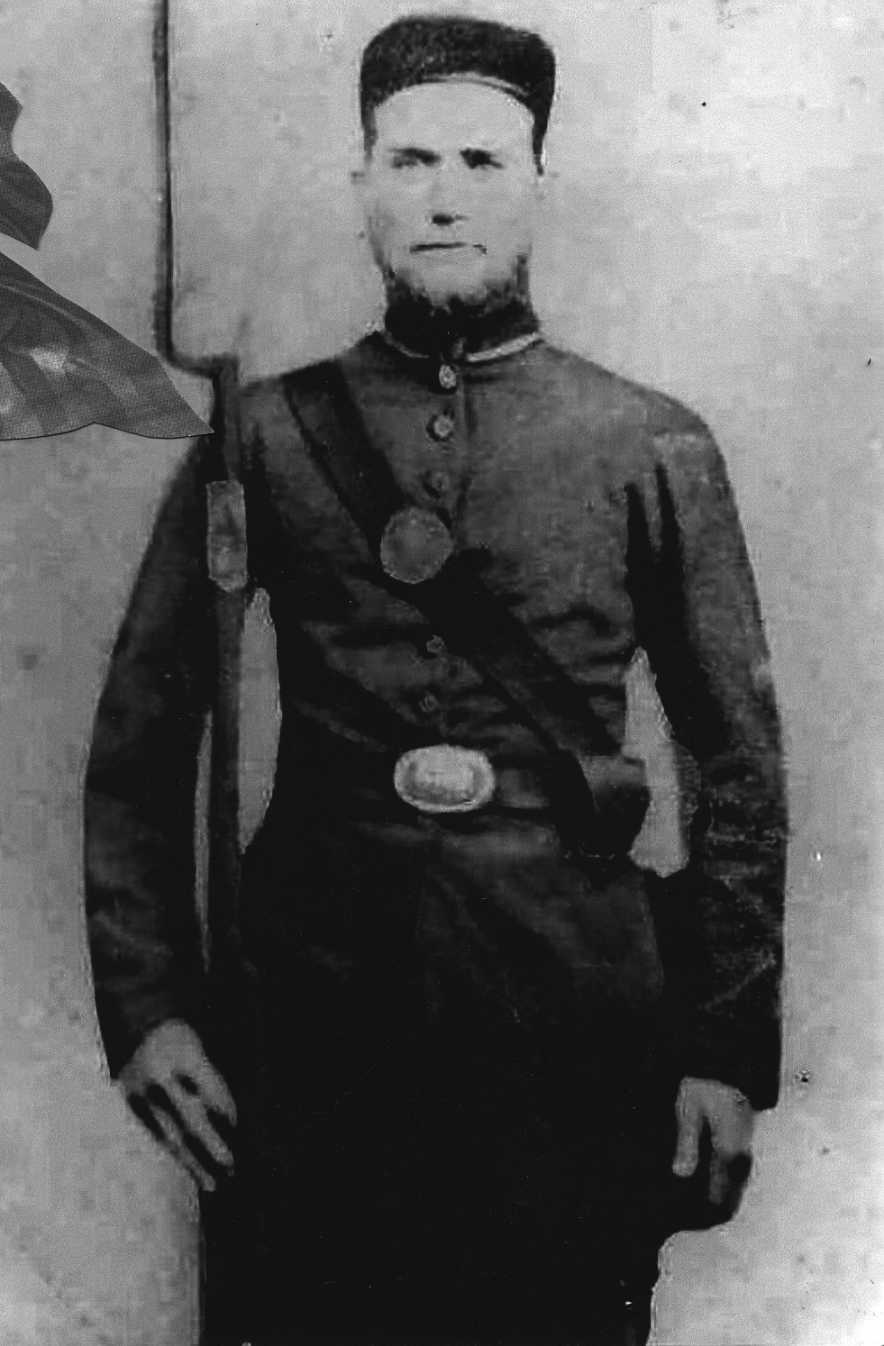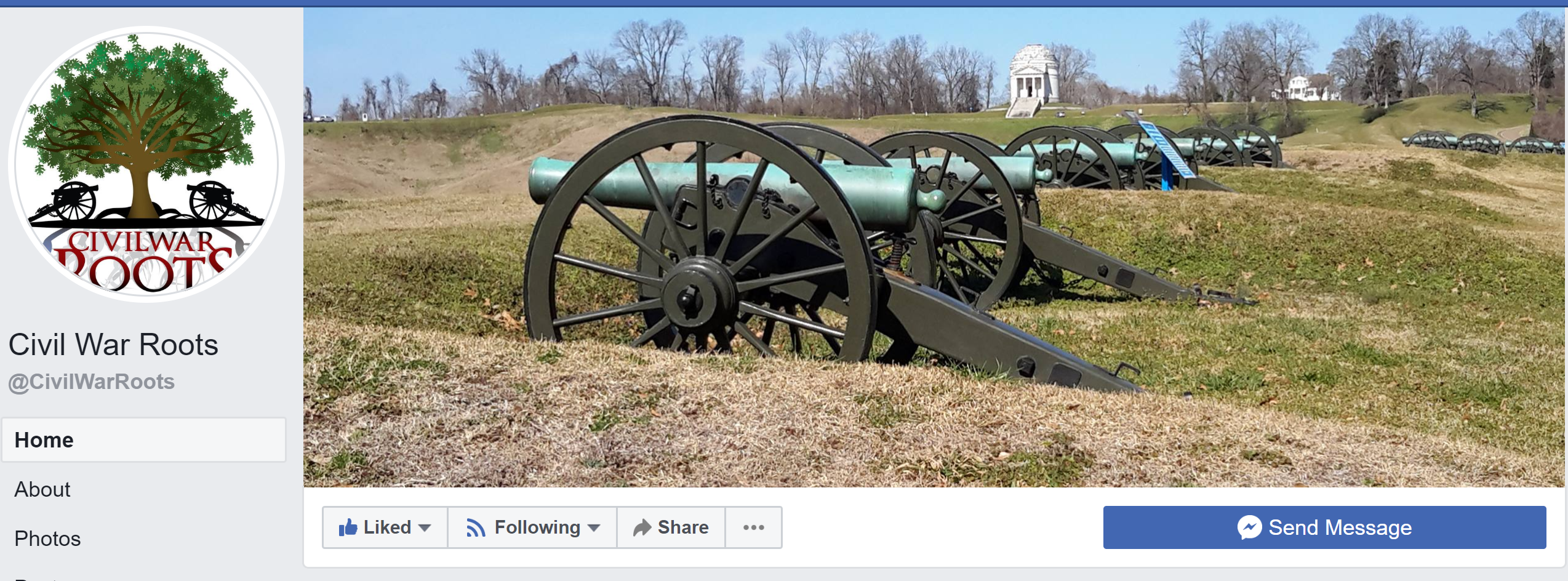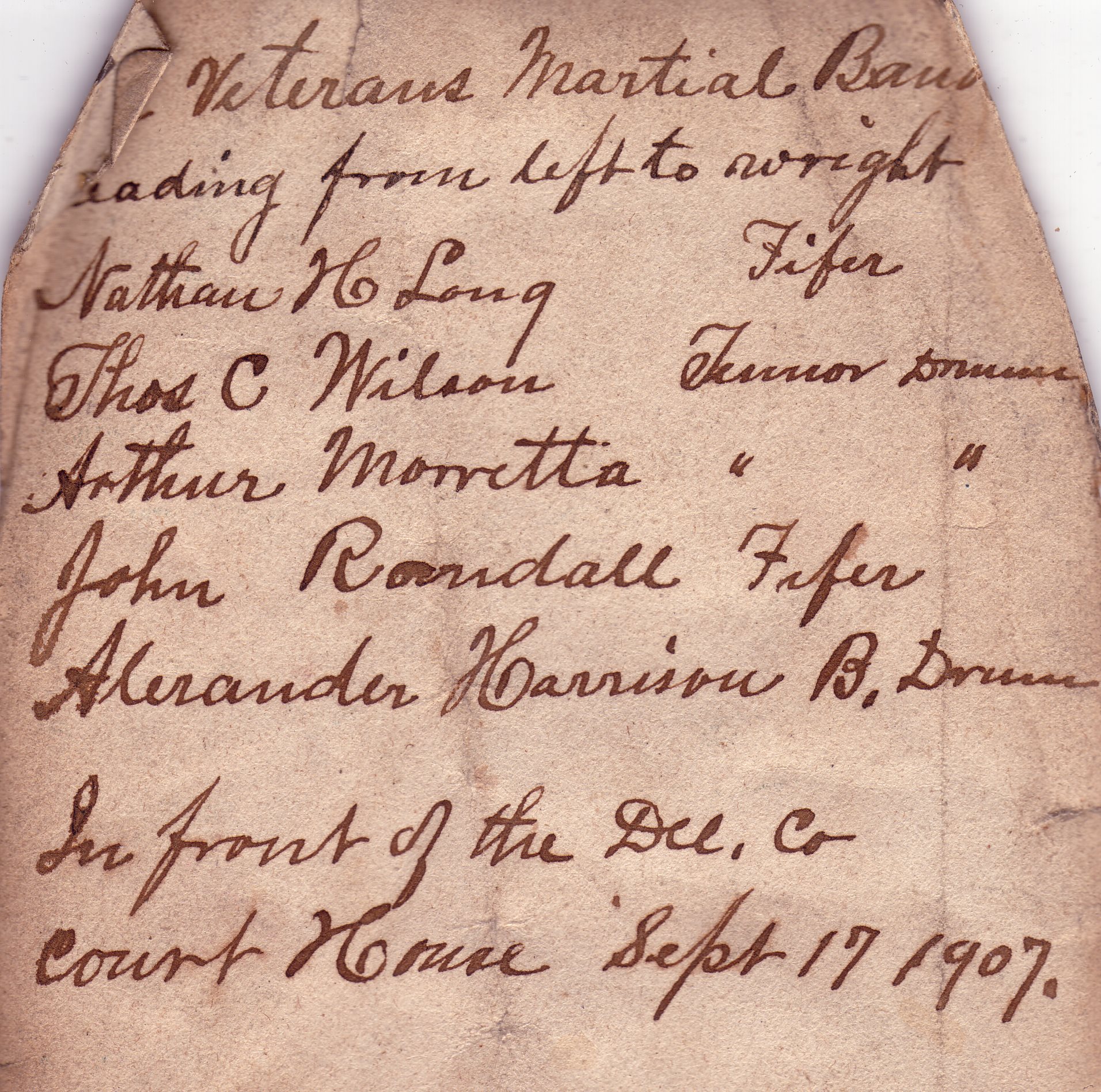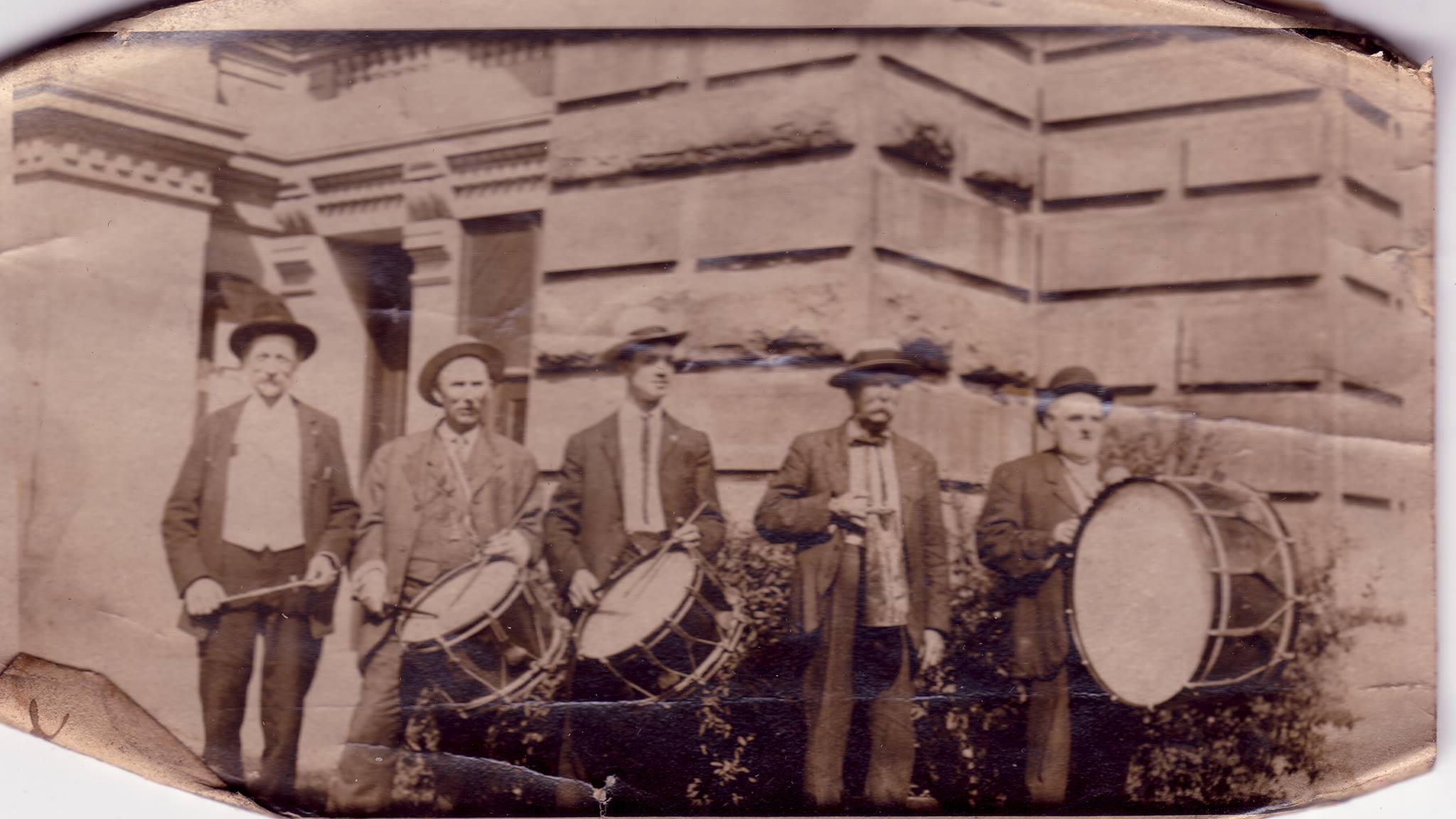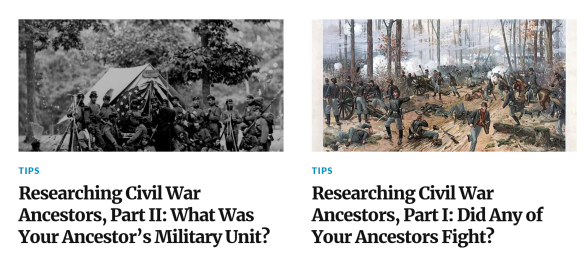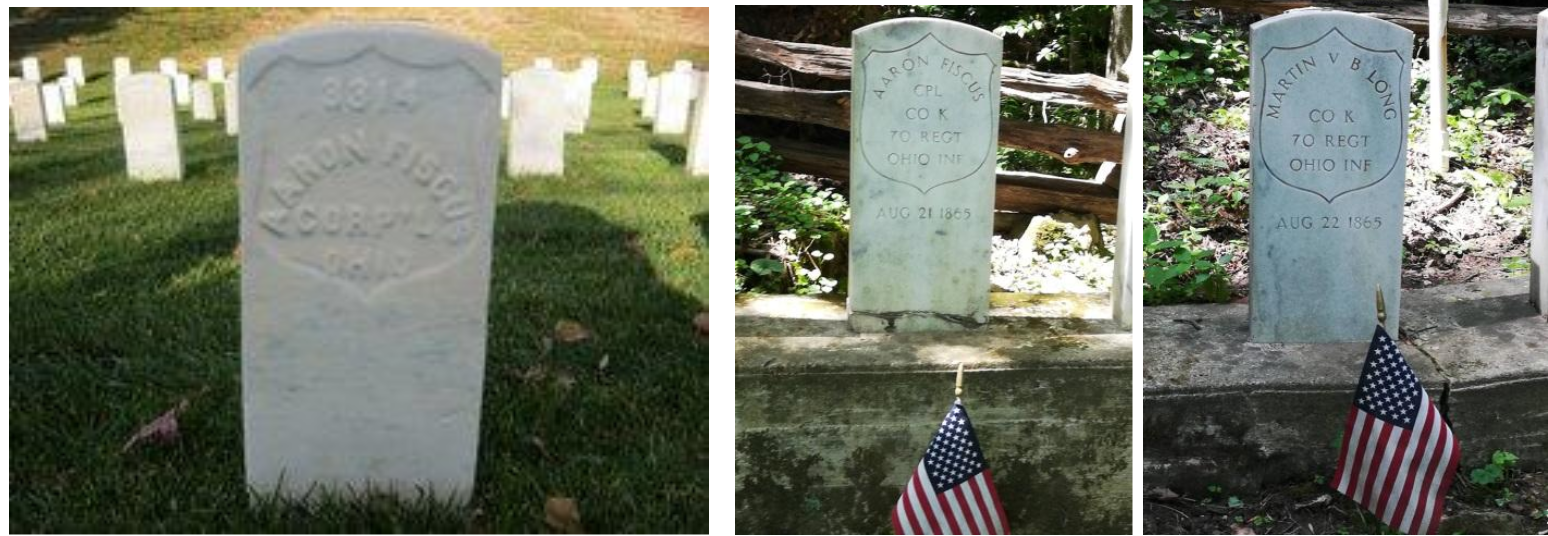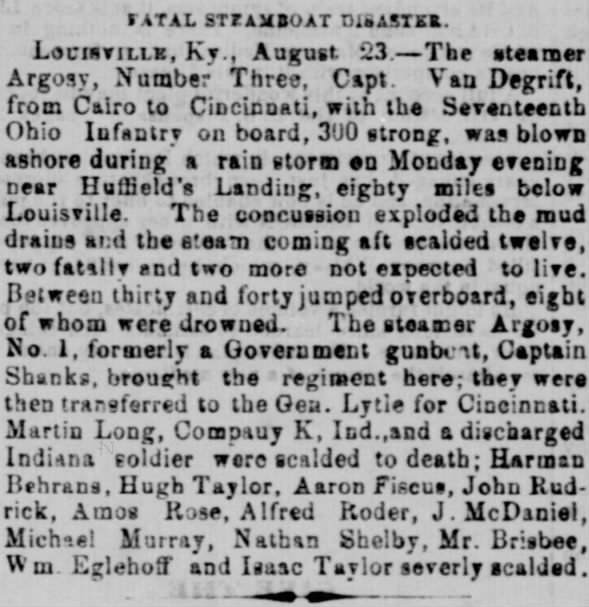Lori Drawl created this timeline for
John William Winesburg
(Aka: “William Winesburg”, “John Winesburg”, Winesburgh)
(* indicates pension-related actions taken by his wife, Wilmath Winesburg)
Link to Ancestry.com profile and media representations of official supporting documentation:
1821 Born in Maryland / Marshall Co, OH
29 Mar 1847 Married Wilmath Ann Dixon (widow of Perry Miller) in W. Alexander, Washington Co., PA
Had eight children & a stepdaughter between 1844-1861
Occupation: Cooper
1850 Residence: District 44, Ohio County, VA
1860 Residence: Jackson, Bartholomew Co., IN
9 Aug 1862 Enlistment: Jonesville, Bartholomew Co., IN by Capt. Hubbard
15 Aug 1862 Mustered in as a Private in the Union Army, Private, Co. A, 93rd Indiana Infantry in Indianapolis, IN as a teamster; Description: 5’ 11 ½ “; Dark complexion, Gray hair & eyes
Sep-Dec 1862 Muster Roll “Present”
Mar-Oct 1863 Muster Roll “Present”; appointed Wagoner on 1 May 1863
Jan-May 1864 Muster Roll “Present”; Teamster

Muster roll for William Winesburg – Company A, 93rd Indiana Infantry.
10 Jun 1864 Battle of Brice’s Crossroads, Guntown, Mississippi
The 93rd Regimental History lists names of 13 killed (members of Companies D, F, and I).
NO FATALITIES from Co. A (Winesburg’s unit), B, C, G, & H
Jun ‘64-Jul ‘65 Muster Roll “Absent; Prisoner of War”
Captured and sent to Andersonville Prison through mid-September 1864
17 Sept 1864 Andersonville Prisoner Exchange / Relocation
Andersonville roster and POW Memorandum lists him as “exchanged Atlanta, Sept. 17, 1864”. However, Gen. Grant canceled the exchange as Sherman advanced south. Andersonville evacuated most prisoners to other prisons (mostly Carolinas or GA) due to their potential liberation of Andersonville by Sherman.
I suspect that relocation to a different prison was Wm. Winesburg’s fate, as Muster Rolls list him as POW through July 1865. A representative from the National Parks Service in Andersonville advised that: some “exchanged” prisoners were reunited with their regiment and that Winesburg’s paperwork indicates that the intention was to return him to his regiment in Atlanta. This is unlikely because the 93rd Indiana was on the move from Arkansas to Kansas at the time of Winesburg’s “exchange”. If he indeed went to Atlanta, he went to another prison, not a reunification with his comrades.
Unfortunately, a National Archives (NARA) representative advised that attempts to officially track Winesburg’s movements after he left Andersonville are basically futile, as the Confederacy purposefully destroyed most prison records. The five 93rd Regimental Books at NARA (some of which are highly disorganized and incomplete) list exchanged prisoners, paroled prisoners, those returned to duty, those hospitalized, and discharge notations. No information pertaining to Pvt. Winesburg after he left Andersonville was located in these records.
3 Aug 1865* Declaration of Widow’s Army Pension; Ohio County, WV (filed 5 Aug 1865)
Widow claims that Wm. Winesburg died at the Battle of Brice’s Cross Roads. Other documentation states that he was captured at Brice’s Cross Roads and sent to Andersonville. Adjutant General will later deny pension.
10 Aug 1865 Mustering Out of 93rd Regiment
Memphis, Shelby, Tennessee, USA (after regrouping in Gainesville AL)
He was listed as “Absent POW” and as a wagoner. This may indicate that he had not been released from prison yet OR if he was released, he had not been able to meet up with his regiment for the trip home.
He does NOT appear on the final roster in the 93rd Regiment Books as a deserter or deceased.
Scores of soldiers were demobilized at nearly the same time, making Muster Out/Discharge record keeping highly rushed and often lacking in accuracy. Often during the end of the war, a blanket muster out of an entire regiment occurred rather than handling each individual personally to expedite the process.
Note: While the regiment was regrouping, traveling to Memphis, taking a steamer upriver, and presumably taking a train to Indianapolis, I would think that some sort of personal accounting would have been done, even if only casual conversation to fill the time. If someone in their company was not present, wouldn’t there have been a discussion about his fate? “Whatever happened to Winesburg?” The records don’t even show him as “missing in action” or “presumed dead”. This continues to make me believe that his comrades thought he was still a POW as the official paperwork implies.
11 Aug 1865 93rd Indiana Infantry Homecoming – Winesburg: Absent/POW
Indianapolis, Marion, Indiana, USA
“…upon reaching (Indianapolis) on the 11th of August, (they were) greeted with a public ovation in the State House Grove…” (Guide to Indiana Civil War Manuscripts by Ann Turner, 1965)
21 Aug 1865 DeathTheory – Argosy Disaster/ Winesburg the“Unknown Soldier”?
Family oral tradition (which came down through the family via his sister and her descendants) as follows: William Winesburg had been in Andersonville and was ill there. He died en route home from the war while traveling on the Ohio River. (date unknown; location of his body unknown)
Note: Who was providing this information about his fate to the family?
Oxbow Bend, Ohio River near Rono (Magnet), IN
The Argosy (No.3) Steamboat picked up 300 soldiers from the 70th Ohio in Cairo, IL bound for a port in Cincinnati, OH. A fierce storm blew the ship onto rocks causing the mud drums to explode.
Nine named soldiers from the 70th Ohio and an unnamed, discharged soldier from 39th Indiana were killed. Injured/scalded soldiers were taken to a hospital in Louisville KY, of which at least two were expected to die.
Note: the 39th Indiana regiment disbanded in 1863 so this information cannot be correct. Could this be a transposition (39th / 93rd) thus fitting my theory that the “unknown soldier” is William Winesburg, who is finally returning home? In fact, since the 93rd is already home, he would likely be traveling alone, thus explaining why nobody was able to identify him. He surely introduced himself to others aboard, but his name and regiment may have been difficult to remember for identification.
(An extensive dissection of the Argosy Disaster is documented in the next post)
23 Oct 1865* Pension Re-filed and later DENIED
6 Nov 1865* Pension Denied (5 Aug 1865 Claim)
Adjutant General Office – Pension #113365: Mustered out 10 Aug 1865, “Captured at Battle of Brice Cross Roads 10 June 1864; No discharge given at muster out of organization”, no evidence of death on file.
9 Jun 1870* Pension Denied Again (23 Oct 1865 Claim)
Adjutant General Office – Pension #113365: Captured at Battle of Brice Cross Roads 10 June 1864; No discharge furnished
Oct-Nov 1872* Petition to Change Status to “Deceased”; Circuit Court, Ohio Co., WV
Widow’s Pension – Original with Increase; Incidental Matter
False pension claims became a serious problem for the military and strict requirements had to be adopted. As required by law, a soldier living out-of-state or out-of-county from the petitioner must testify to the fate of his comrade. George Lambert Grable signed an affidavit stating that Winesburg was killed at Brice Cross Roads, however, this is in direct contradiction of regimental records indicating that there were NO DEATHS from Company A.
Note: The family oral tradition states that the widow got someone to lie for her so that she could finally get the pension funds (perjury for charity). Widow falsely claims that the Regiment’s Colonel was not at the battle, and did not properly record Winesburg’s death, while regimental records show his first-hand description of the event. Due to the fact that the widow started this false claim (intentional or not) about his death at Brice Cross Roads before knowing the truth, I believe she felt the need to stick to her story for it to look more legitimate.
Interestingly, George Lambert Grayble’s obituary INCORRECTLY says he belonged to the 39th Indiana rather than the 93rd. Another transposition?
27 Feb 1873* War Dept. Notation / Change of Status to KIA
Adjutant Gen. Office 7139-C-72 “Killed at Guntown MS, 10 Jun 1864”; ”. Notations of this change may be seen recorded on many of his military documents.
The court may have agreed to this change to finally close the case. It would take five more years.
16 May 1873* Widow’s Pension – Original with Increase;
Proof/affidavits required pertaining to children’s DOB, marriage record – no reply due to negligent POA
Jan-Apr 1878* Incidental Matter / Declaration for Original Pension of a Widow & Children
Atty. Joseph Hale became the new POA and provided proof requested.; Filed in Wheeling WV; Prior application #710.113.565
5/13 Jun 1878* Widow’s Pension Awarded #181265
1884 Widow Wilmath Winesburg died never knowing the location of her William’s body
Her financial situation forced her to place her youngest children with people who could care for them or employers who could offer them a place to work and live. She outlived two husbands and two or three children.




